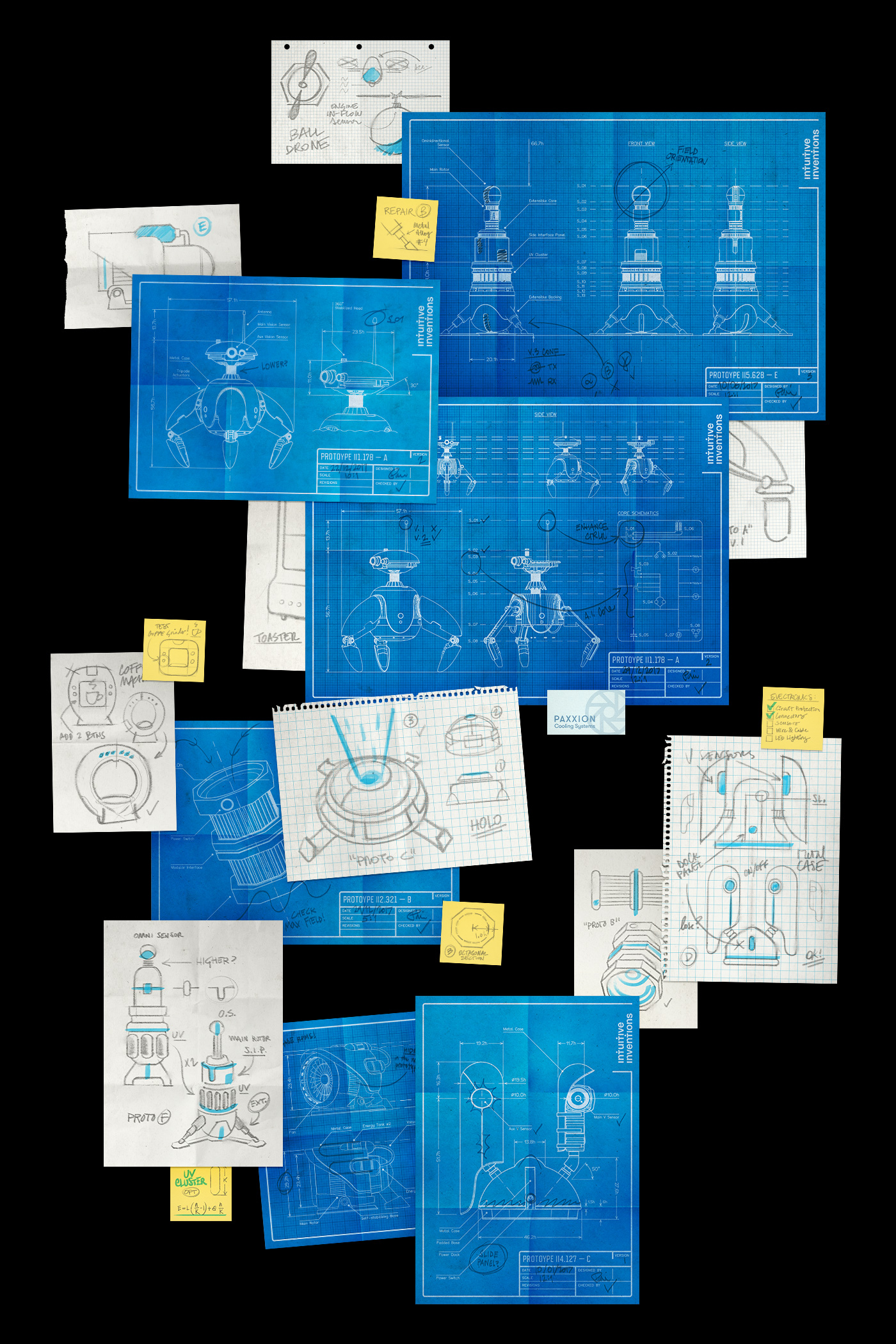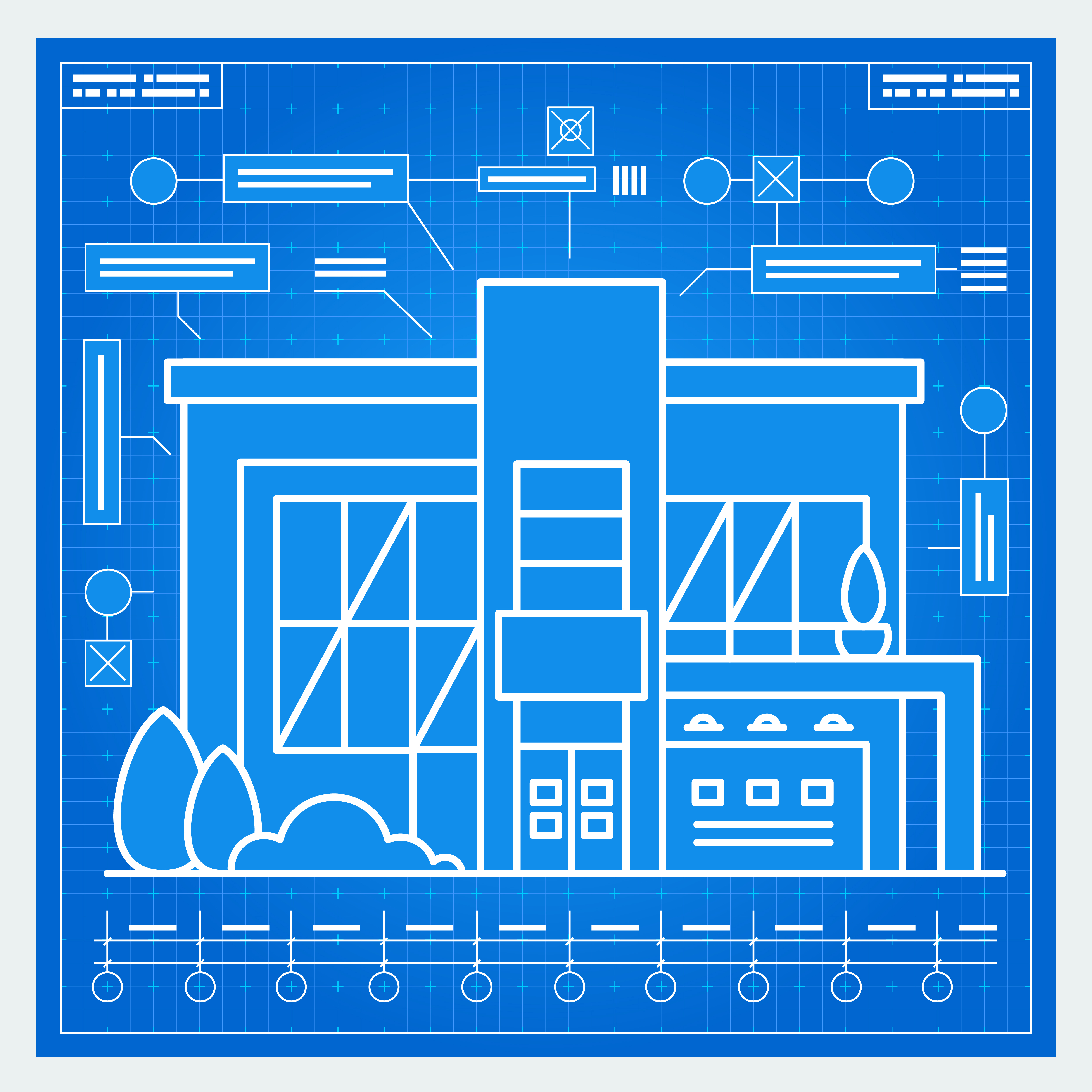

The exhibition features several new works by Sammy Baloji. Through questioning their hierarchical imposition and constitutive nature, the artist critically addresses a past of Western colonialism, the subsequent post-colonial disillusionment, and the continuing imperial aftermath.

Based in the photographic medium, Baloji employs a research-based practice in which archival material, museological objects and cultural artefacts inform his work.

The practice of Sammy Baloji deals with the cultural, social, architectural and industrial heritage of his home country the Democratic Republic of Congo (DRC).

The exhibition is curated by Vincent van Velsen and features scenography by Jean Christophe Lanquetin. Exhibition: A Blueprint for Toads and Snakes Framer Framed presents a solo exhibition by esteemed artist Sammy Baloji – A Blueprint for Toads and Snakes. Foto: (c) Eva Broekema / Framer Framed 25 Jun – Your base paper should now be ready for exposure, but before that, we need an image to project onto it.A Blueprint for Toads and Snakes at Framer Framed, installation view. Alternatively, you can speed up the process using a hairdryer on low heat. Let it dry - storing it somewhere dark and dry for several hours.Apply solution with brush strokes going from top to bottom across the base paper and left to right from top to bottom - making sure to paint off the edge of the page on all sides to ensure the edges and corners are covered for a complete print.Mix the solution with the brush (which should be enough for 1 sheet of paper).I recommend having a separate pipette for each bottle as to not cross-contaminate them. Take the two bottles of cyanotype liquid (parts A and B) and measure out about 5ml of each liquid using the pipettes into a disposable container.Then cover with a layer of paper towel and finally the base paper you cut down to size. Cover your work surface/table with newspaper - 11x17 or so to give you extra room around the print you are about to make.Now put on a pair of plastic/nitrile gloves and complete the following steps: Then make sure the lighting and light coming into your workspace can be substantially dimmed as the chemicals are light sensitive. First, start by cutting the tracing paper and base paper down to 8.5" x 11" size which is standard for a printer. Prepare the paper layers for the blueprint. Plexiglass sheet - Holds the tracing paper and base paper together during exposure and can be bought at a hardware stores.A UV light or the sun can be used as an alternative Worklight - Used to expose the cyanotype to UV rays.
BLUEPRINT ART SOFTWARE
Īccess to photo editing software - like GIMP (free).Ĭlips/clothespins for all 4 corners and a line/shower curtain rod to hang dry your print.Ī sink with a plug or platic tub to wash the print after exposure.Disposable container - For mixing the cyanotype solution inĪ dark spot to dry your base paper or a hair dryer to speed up drying.Foam Brush - For painting on the cyanotype solution.Pipettes (2) - Used to Measure out Cyanotype liquid, one for each of the two bottles.Hydrogen Peroxide - Used to make the blue of the print really pop and can be bought from a local pharmacy such as CVS or Walgreens.Cyanotype Liquid - This will be used to treat the base paper to make it become light-sensitive and turn blue when exposed.Tracing Paper - This will be used to transfer the desired image onto the base paper or if you have a laser printer, transparency film can be used for shorter expose times Base paper - This will become the blueprint so I used some thicker sketching paper I had available ( here's a similar version).To get started, you will need the following:


 0 kommentar(er)
0 kommentar(er)
